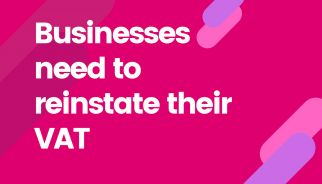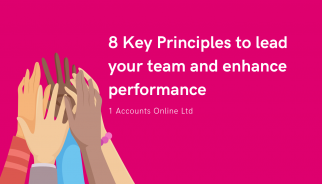Thousands of parents have been juggling two to three full-time jobs for the past 11 weeks now: their normal job, 24/7 childcare, and for some, becoming a teacher. With the recent news of schools not reopening now until later this year, it’s looking like this won’t be ending any time soon either.
As if this wasn’t painful enough, the Coronavirus has also piled on other stresses and worries whether financially, medically, technologically or logistically, all of which are just adding to the challenge of making it through this period unscathed.
To help try and ease some of this pressure for parents, this article outlines essential tips that can make working from home with children just that little bit easier.
- Designate a place at home as your “office” and create your ideal workspace.
- Set boundaries with your children when it comes to your workspace and your work time.
- Create a new daily routine that satisfies your work needs and your family needs.
- Plan ahead as tasks and projects are likely to take longer.
- Be flexible with your schedule as some days your children will need you more (if you plan ahead, this will be easier).
- If you have young children, capitalise on naptime. Save the deep-thinking stuff for these moments so that you can work smarter, not harder.
- Communicate more than you think you need to with your family and your colleagues. Everyone will understand and will be compassionate if you just communicate.
- Create a list of ‘special activities’ with your children that they can only do in your work time. It will give them something to look forward to and keep them occupied while you work.
- Communicate with the school so that they can help you prioritise the most important learning areas. If you triage these, it eases the pressure for everyone.
- Do some ‘emergency drills’ to teach your children how they should behave when you’re on an important phone call or video call.
- Reward good behaviour by offering incentives such as a pizza night or extra screen time and deter bad behaviour by revoking these privileges.
- Share household chores to reinforce this ‘we’re all in this together’ mentality. It will make your children feel valued and it will take a lot of pressure off of you.
- Take shifts with your partner if possible. You can work the first half of the day while they are in charge of schooling and around lunchtime, you can switch.
- Don’t expect to work at your normal capacity as this is a very stressful time for everyone. Plan ahead with work and give yourself extra time to complete tasks. This will set you up for success rather than failure.
- Take regular breaks to switch off from work so that you can go back refreshed and renewed with energy. This will make you more productive.
- Accept that spare time for your children will probably mean more screen time. This is not the end of the world so try to not feel guilty. Let them know that this privilege is only temporary and make the most of it to get your work done.
- Exercise together often, especially in the mornings. If you do a P.E. session with your children in the mornings, they’ll be able to sit for longer periods to focus on their school work.
- Be kind to yourself and pat yourself on the back for a job well done. Juggling work with 24/7 childcare and schooling is challenging to say the least so remind yourself that it doesn’t have to be perfect, it just needs to be good enough.




















